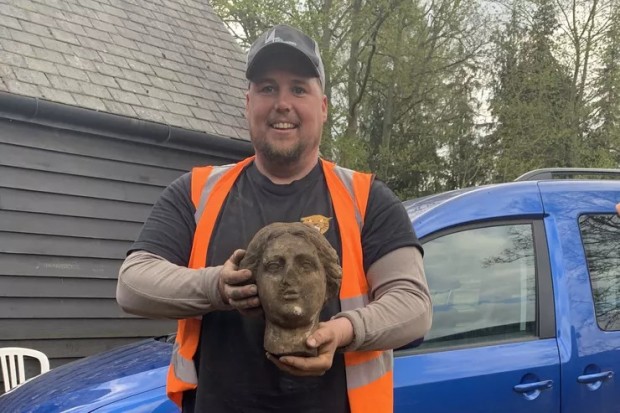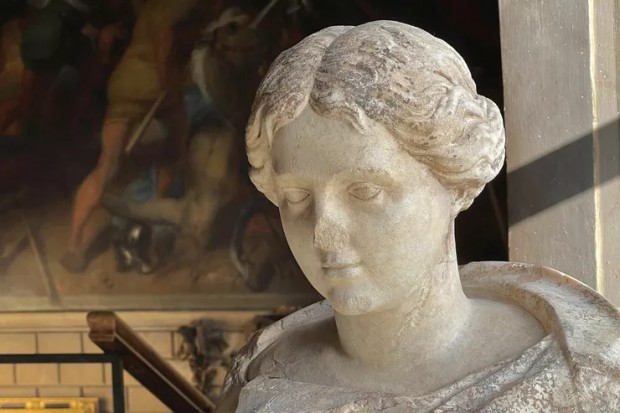An enigmatic, momentous discovery was made at the unassuming and newly built parking lot of the historic Burghley House in the UK. The find? A 1,800-year-old Roman bust of marble make.

(Photo : Burghley House)
How the Marble Roman Statue Was Found
Although it is typical for Burghley to have such an artifact of great artistic and historical value, being one of the few remaining examples of 16th-century Elizabethan houses, finding one outside of the estate is a head-scratcher, to say the least.
According to the press release of the "Prodigy House," the principal discoverer of the ancient Roman artifact was excavator operator Greg Crawley, who was working on the site when he saw a "suspicious-looking" pale stone that later turned out to be the marble head of the sculpture.
"I had a real shock as the digger bucket rolled over what I thought was a big stone to reveal a face," Crawley recalled. "When I picked it up, I realized it was a head of a statue. I couldn't believe it when they told me it was a Roman marble statue."
"It was an amazing feeling to have found something so old and special - definitely my best-ever discovery," he added.

(Photo : Burghley House)
Insights Behind the Burghley House Roman Statue Mystery
As per the release, the experts who examined the artifact said it was likely from the 1st or 2nd century AD and that the iron dowel present in the statue was added later on around the late 18th century.
They added that this was adapted into the sculpture by Italian dealers to increase its "attractiveness" to aristocrats who were visiting Italy in droves during a 17th- to 19th-century cultural rite of passage known as the Grand Tour.
This event saw European aristocrats embarking on a journey across the continent to gain new learnings and insights regarding classical art, architecture, and culture.
In particular, Italy became the focal point of this endeavor, as the elite frequented cities like Rome, Florence, and Venice to visit numerous archaeological sites and museums. This journey also gave the aristocrats countless opportunities to better acquaint themselves with acclaimed artists and intellectuals.
After going on this Grand Tour, the travelers often come home with a hoard of art pieces and antiquities in tow.
In light of this, the Burghley House believes that the ninth Earl of Exeter may have been the one to take home the recently found sculpture after embarking on the tour around the 1760s.
How it ended up in the parking lot remains a mystery, spawning a host of varying theories involving a theft-gone-sour or even the possibility that it was just casually discarded without heavy thought behind the act.
As per the New York Times, experts have yet to discover any historical reports of a burglary that happened at the house, however, resident curator Jon Culverhouse told the publication that it may just be "under the wraps" because news of such manner would have been "very embarrassing" to the owner.
Regardless, the sculpture is now back inside the Burghley House, following reassembly by the hands of a specialist conservator. It will also be joining the display at the house starting on March 16, standing alongside other artifacts bought by the 9th Earl.



